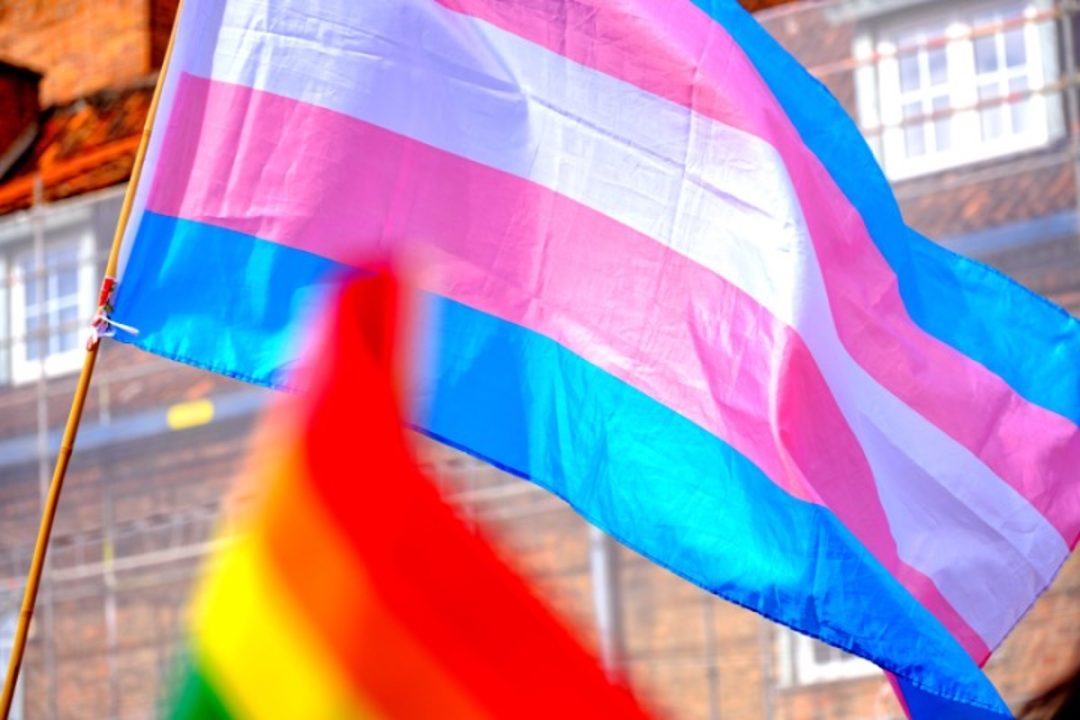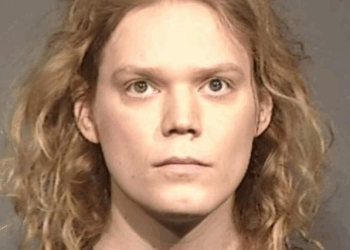
A new study suggests the United States may have passed peak transgenderism, as the percentage of college students identifying as “transgender” or “nonbinary” has fallen significantly over the past three years.
Nonbinary Revision
“Trans, queer and bisexual identities are in rapid decline among young educated Americans,” declared the October 10 study from the University of Buckingham’s Centre for Heterodox Social Science.
Authored by Canadian professor of politics Eric Kaufmann, the report analyzed the trends across several annual surveys of college students’ gender and sexual identities. Among the entities conducting the polls were the Foundation for Individual Rights and Expression (FIRE), which surveys undergraduate students at leading research universities; the Higher Education Research Institute (HERI), which surveys freshmen at various higher-education institutions; and Andover Phillips Academy and Brown University, elite schools that poll their student bodies annually.
Kaufmann found that the number of students identifying as transgender or nonbinary — he told CBN News the identities “are so similar that differentiating between the two is like ‘splitting hairs’” — started rising in 2010.
However, he wrote, “the share of young people not identifying as male or female (typically ticking the non-binary or questioning options) has declined substantially since its 2022-23 peak.” The FIRE surveys indicate that the number of nonbinary students has fallen by almost half, from 6.8 percent in 2023 to 3.6 percent in 2025. Brown University’s results were similar, while Andover reported an even more-precipitous drop. Curiously, the HERI data “exhibit stability throughout the period.”
Kaufmann surmised, therefore, that “the ‘rise and fall’ pattern is more of an elite phenomenon.” In other words, the students most exercised over their own “privilege” are also the ones who, thanks to said privilege, have the luxury of experimenting with different identities.
Straight Talk
Another Kaufmann finding:
Trends in sexual orientation are more complex, but show a return to heterosexuality even as traditional homosexual categories of gay and lesbian remained stable. Instead, where we see a sharper rise and decline is in the share identifying as bisexual and queer (including questioning, asexual, pansexual and other sexuality).
For example:
FIRE data … reveals that heterosexuality declined from over 80 percent in 2020 to a trough of 68 percent in 2023 but has rebounded over the past two years to 77 percent, approaching its 2020 baseline level. Bisexuality was largely stable in the FIRE data, neither surging after 2020 nor sliding after 2023 — the rise was from 9 to 12 percent, falling back to just under 11 percent by 2025. Instead, the main shift was in the queer and other sexuality category, which jumped from 7 to 15 percent between 2020 and 2023 before slipping to 8 percent by 2025. Gay/lesbian was largely stable, in the 3-5 percent range.
Once again, these trends were more pronounced at elite universities than at lower-ranked schools.
There is a clear correlation between the trans trend and the deviant-sexuality trend. “The average peak of non-heterosexuality, in 2023, matches the peak in non-binary gender identity in many of the surveys we have available,” penned Kaufmann. “This suggests a common dynamic behind both patterns.”
Dynamic Duo
What is the “common dynamic”?
This does not appear to be the result of a shift to the right, the return of religion or a rejection of woke culture war attitudes. Despite high correlations between sexual/gender identity and political attitudes within individuals, the over-time trend in gender and sexuality seems relatively independent of political, cultural and religious beliefs. Improving mental health, however, appears to be part of the explanation for the decline of BTQ+ identification.
LGBT youth consistently report worse mental health, including higher levels of anxiety and depression, than their non-LGBT peers. Thus, with Americans’ mental health rebounding after the disastrous Covid-19 lockdowns, it is only natural that fewer college students would identify as nonbinary/trans.
There is more to it than just mental health, though. According to CBN:
Kaufmann said that just a couple of years ago, college students considered sexual fluidity hip, but campuses are now experiencing what he calls a “vibe shift.”
“Much of this just seems to be about tastes and fashions, that these nonconforming gender and sexual identities are less fashionable, less cool, maybe among young people than they were a few years ago. That seems to be the story,” he said.
Indeed, when Kaufmann looked at the trends by graduating class, he found:
When trans, bisexual and queer were at their peak, they were more popular in later graduating classes (i.e. the 2025 cohort in 2022 or 2026 cohort in 2023). But by 2025, the freshman 2028 cohort was less likely than older students in 2025 to identify as BTQ+. The fastest declines in BTQ+ identity over 2022-25 took place within the 2025 and 2026 graduating classes with 2027 and 2028 cohorts starting college life at lower BTQ+ levels. To the extent that the youngest represent the leading edge of new trends, this suggests that trans, bisexual and queer identities are declining in popularity with each new cohort.
They Can’t Handle the Truth
Kaufmann told CBN his X post on the study drew criticism from both the Left and the Right. The Left, predictably, blamed President Donald Trump for the decline in transgenderism. The Right, he said, “worried that if we think things are improving, then the political will is going to decline to reform, for example, gender ideology in schools.” Nobody, it seems, wants to be confronted with the truth.




![Hegseth Demands Fitness Requirements, Says 'Fat Troops' 'Not Who We Are' [WATCH]](https://teamredvictory.com/wp-content/uploads/2025/09/Hegseth-Demands-Fitness-Requirements-Says-Fat-Troops-Not-Who-We-350x250.jpg)






